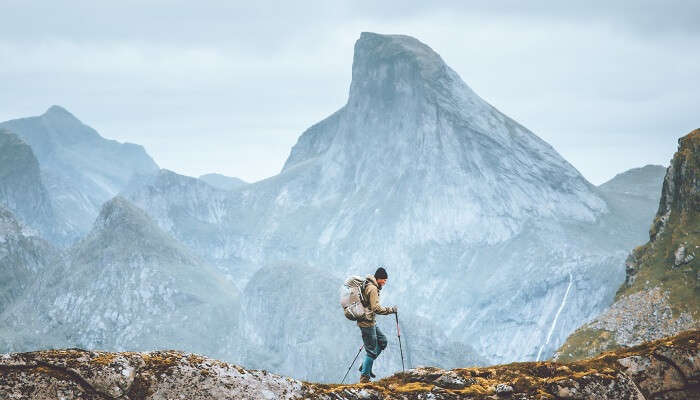
Are you an adventurous soul seeking the freedom and thrill of solo backpacking? Look no further! In this article, we have compiled 12 essential tips to ensure your safety, equip you with the right gear, and guide you through the intricacies of route selection, navigation tools, communication devices, and dealing with wildlife encounters.
Additionally, we will provide valuable insights on permits and regulations, training and conditioning advice, as well as first aid essentials.
Get ready to embark on the ultimate backpacking experience!
Safety Precautions
Implementing safety precautions is crucial when embarking on a solo backpacking trip. As a solo traveler, it is important to be prepared for any situation that may arise.
One of the key aspects of safety is self-defense techniques. Learning basic self-defense moves can provide you with the confidence and skills needed to protect yourself in case of an unexpected encounter.
Additionally, emergency preparedness is essential. Always carry a first aid kit, a whistle for signaling for help, and a reliable means of communication such as a satellite phone or a personal locator beacon.
It is also wise to inform someone of your itinerary and check in with them regularly.
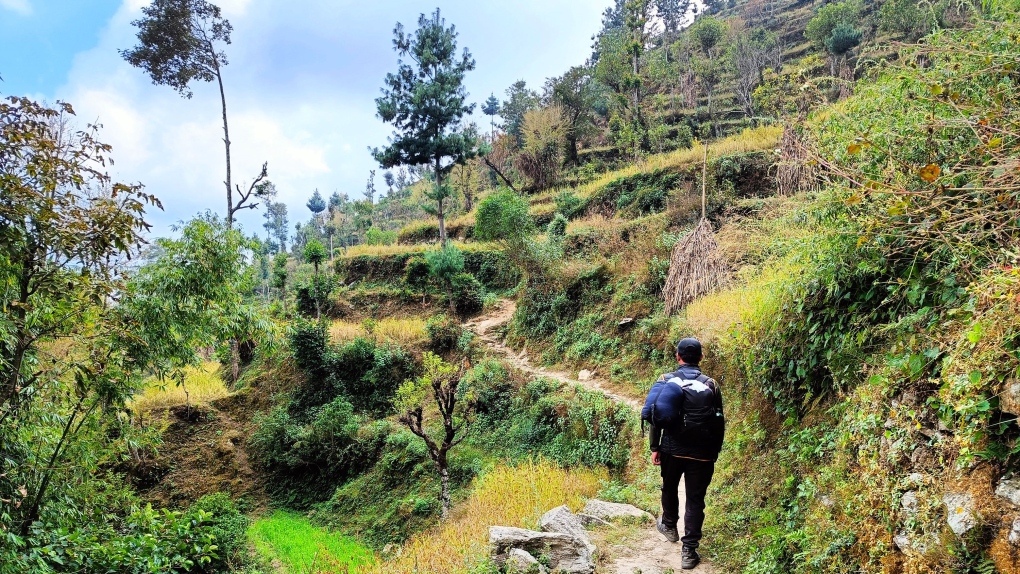
Essential Gear
When it comes to solo backpacking, having the right gear is essential for a safe and successful adventure. One of the most important considerations is the weight of your backpack. Carrying a heavy backpack can quickly become tiresome and can even lead to injury. It's important to pack only the essentials and choose lightweight gear whenever possible.
Look for backpacks that are specifically designed for backpacking, with features like adjustable straps and a well-padded hip belt to distribute the weight evenly. Another crucial aspect of your gear is your sleeping gear. Invest in a high-quality lightweight sleeping bag and a comfortable sleeping pad to ensure a good night's rest. Consider the temperature rating of your sleeping bag and choose one that suits the weather conditions you expect to encounter on your trip.
Route Selection
Choosing an appropriate route is a critical aspect of planning for a solo backpacking trip. Here are three key considerations to keep in mind when selecting your route:
Alternative routes: It's important to have alternative routes in mind in case of unexpected obstacles or changes in weather conditions. These alternative routes can provide flexibility and ensure your safety during the journey. Consider identifying multiple paths that lead to your destination, taking into account factors such as difficulty level, distance, and available resources.
Weather considerations: Weather can greatly impact your backpacking experience, so it's crucial to research and understand the climate patterns of the area you plan to explore. Check weather forecasts before setting out and be prepared for sudden changes. Avoid routes that are prone to extreme weather conditions, such as heavy rain, snowstorms, or high winds. Adjust your route accordingly to ensure a safe and enjoyable adventure.
Terrain and difficulty: Assess the terrain and difficulty level of the route you intend to take. Consider your physical fitness, experience, and comfort level when choosing a trail. Opt for routes that match your skill level and provide a challenge without compromising your safety. Research the elevation gain, trail conditions, and any potential hazards along the way to make an informed decision.
When venturing into the wilderness, having the right navigation tools is crucial for a safe and successful backpacking trip.
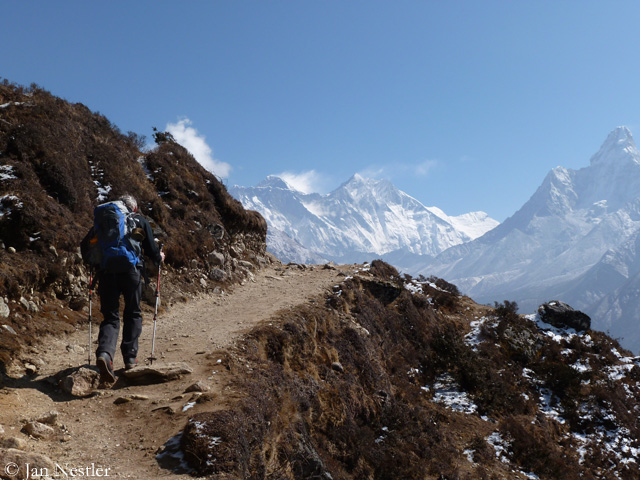
Two essential tools to consider are maps and GPS devices. While maps provide a detailed overview of the area, GPS devices offer real-time positioning and tracking.
Additionally, a basic understanding of compass navigation can greatly enhance your ability to navigate through unfamiliar terrain.
Lastly, paying attention to trail markers is vital for staying on the correct path and avoiding getting lost.
Maps Vs GPS
To navigate efficiently and effectively while solo backpacking, it is essential to understand the pros and cons of using maps versus GPS as navigation tools.
Map accuracy: Maps provide a visual representation of the terrain, allowing backpackers to study the area and plan their route. They offer a sense of freedom and exploration, as one can navigate using landmarks and natural features. However, map accuracy can vary, and it requires skill and experience to interpret them correctly.
GPS battery life: GPS devices provide accurate real-time positioning, eliminating the need for manual map reading. They offer convenience and speed, especially when navigating unfamiliar territory. However, reliance on GPS means relying on battery life. Backpackers must ensure they have enough power or backup batteries to sustain their navigation needs.
Understanding the strengths and limitations of both maps and GPS devices allows solo backpackers to choose the most suitable navigation tool for their adventures.
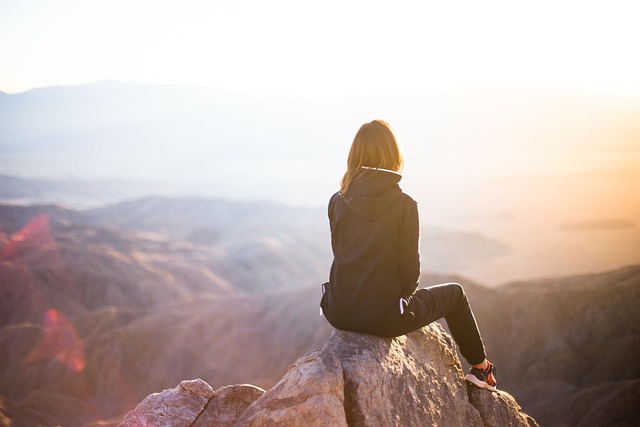
Compass Basics
One essential navigation tool to consider while solo backpacking is the compass.
A compass is a compact and reliable tool that can help you navigate through unfamiliar terrain and find your way back to your starting point.
When using a compass, it is important to understand the basics of compass navigation and orienteering techniques.
Start by familiarizing yourself with the different parts of a compass, such as the needle, the housing, and the direction of travel arrow.
Learn how to use the compass to determine your current location and to navigate towards a specific destination.
Practice orienteering techniques, such as taking bearings, following azimuths, and triangulating your position.
Trail Markers Importance
The importance of trail markers as navigation tools cannot be overstated when solo backpacking in unfamiliar terrain. These markers play a crucial role in guiding backpackers and ensuring their safety throughout their journey.
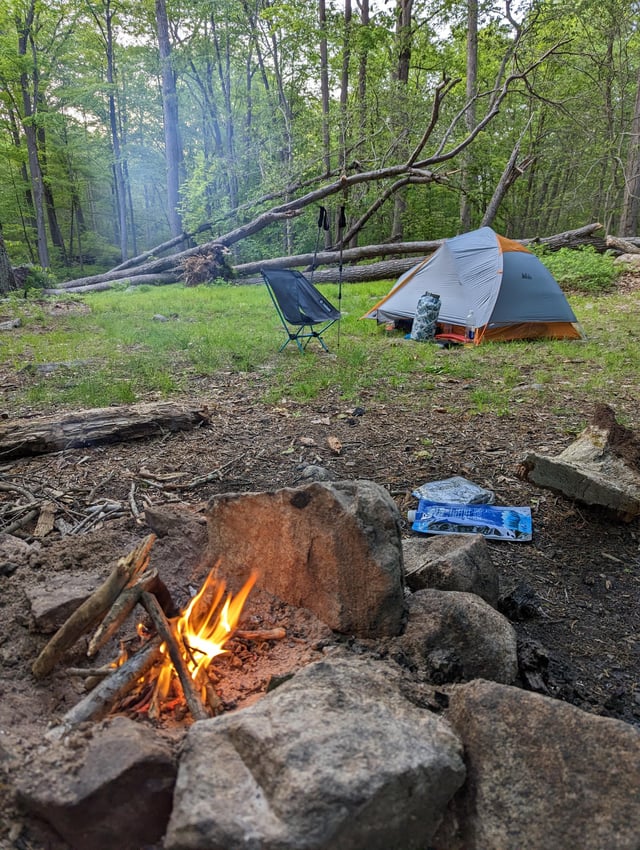
Here are three reasons why trail markers are of utmost importance:
Navigation: Trail markers serve as guideposts, helping hikers stay on the right path and avoid getting lost in the wilderness. They provide a sense of direction and help backpackers stay on track, especially in areas with complex trail networks or dense vegetation.
Safety: Trail markers also contribute to safety by indicating potential hazards, such as difficult terrain or areas prone to rockslides. They can alert hikers to potential dangers and help them make informed decisions about their route.
Trail Maintenance and Etiquette: Following trail markers is not only essential for individual backpackers but also crucial for trail maintenance and etiquette. By staying on designated trails, hikers minimize their impact on the environment and preserve the natural beauty of the landscape for future adventurers.
Communication Devices
A reliable communication device is an essential tool for solo backpackers to ensure safety and stay connected in remote locations. When venturing into the wilderness alone, having the ability to communicate in case of an emergency is crucial.
One of the most effective options for emergency communication is a satellite phone. Unlike regular cell phones, satellite phones can operate in areas where there is no cell coverage, relying on satellites to establish a connection. They provide a lifeline to the outside world, allowing backpackers to call for help or inform loved ones about their whereabouts.
While satellite phones can be expensive to purchase and operate, their reliability and ability to connect to emergency services make them worth considering for solo backpackers who prioritize safety and want to be prepared for any unforeseen circumstances.

Food and Water Planning
To ensure sustenance and hydration during solo backpacking trips, it is important to carefully plan and prepare food and water supplies. Here are three essential tips for food and water planning:
Hydration Tips:
Staying properly hydrated is crucial when backpacking. Carry a lightweight water filter or purification tablets to ensure access to safe drinking water from natural sources like streams and lakes. Additionally, bring a sufficient amount of water bottles or hydration bladders to stay hydrated throughout the journey.
Meal Planning:
Plan your meals in advance to ensure you have enough food for the duration of your trip. Opt for lightweight, non-perishable food items such as dehydrated meals, energy bars, and trail mix. Consider the nutritional value and caloric intake of your meals to sustain your energy levels during physical activities.
Pack Efficiently:
Organize your food supplies in waterproof, airtight containers to prevent spoilage and keep them easily accessible. Distribute the weight evenly in your backpack to maintain balance and stability. Additionally, bring a compact stove and cooking utensils if you plan on preparing hot meals.
Mental Preparation Tips
When it comes to solo backpacking, mental preparation is just as important as physical preparation.
Having the right mindset can make all the difference in ensuring a successful and enjoyable trip.
It is essential to cultivate mental resilience techniques to overcome any challenges that may arise, and to develop strategies for dealing with self-doubt.
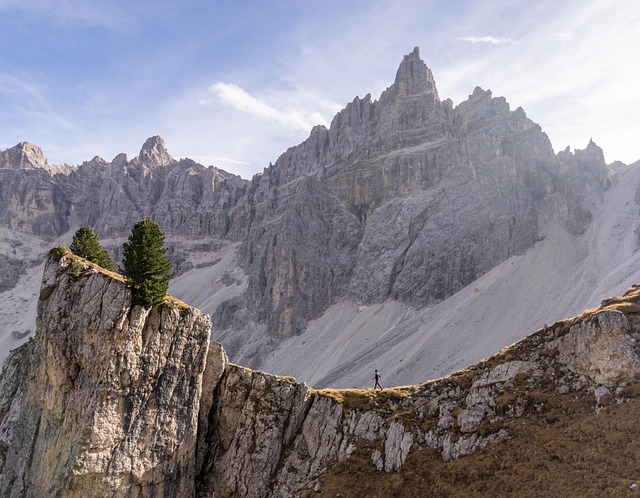
Importance of Mindset
One's mindset plays a crucial role in solo backpacking, as it greatly influences their overall experience and safety. Here are three important aspects to consider when it comes to the importance of mindset:
Mindset challenges: Solo backpacking can bring about various challenges, both physical and mental. Being aware of these challenges and preparing oneself mentally is essential. From dealing with loneliness and homesickness to facing unexpected situations, having a positive mindset can help overcome these obstacles.
Positive mindset techniques: Developing a positive mindset is key to enjoying solo backpacking. Techniques such as practicing gratitude, visualization, and positive self-talk can help maintain a positive outlook. Focusing on the present moment, embracing uncertainty, and staying open-minded can also contribute to a positive mindset.
Impact on safety: A positive mindset can significantly impact safety during solo backpacking. It helps in staying calm and composed in challenging situations, making sound decisions, and being aware of one's surroundings. Having a positive mindset also boosts confidence and self-belief, which can be crucial for navigating unfamiliar terrains and dealing with potential risks.
Mental Resilience Techniques
Developing mental resilience techniques is crucial for solo backpackers to prepare themselves mentally and navigate the challenges they may encounter during their journey.
Mindfulness exercises can be a powerful tool in building mental resilience. Practicing mindfulness allows backpackers to stay present, focus on the present moment, and cultivate a sense of calm and clarity. This can help them manage stress, anxiety, and negative thoughts that may arise during their trip.
Positive affirmations are another effective technique. By repeating positive statements to themselves, solo backpackers can boost their confidence and self-belief, helping them overcome obstacles and stay motivated.
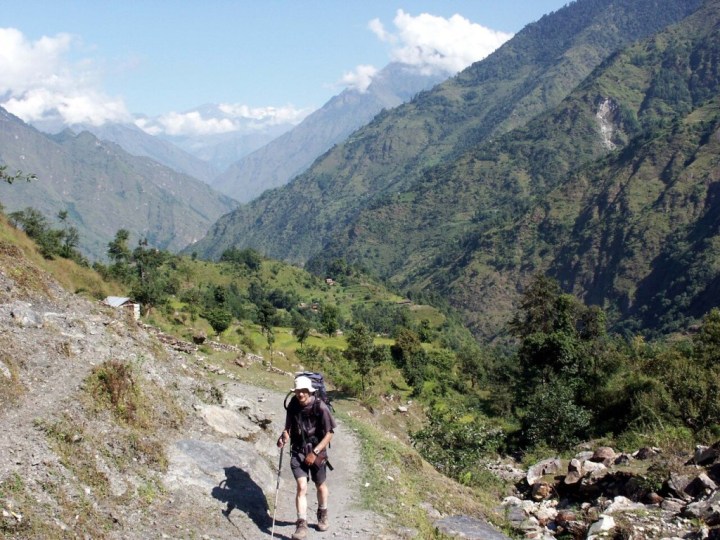
It's important for backpackers to incorporate these techniques into their pre-trip preparations and daily routines to strengthen their mental resilience and ensure a more enjoyable and fulfilling solo backpacking experience.
Overcoming Self-Doubt
To overcome self-doubt and prepare mentally for solo backpacking, it is crucial to employ effective strategies that build confidence and resilience. Here are three tips to help you overcome fear and build confidence for your solo adventure:
Challenge your limiting beliefs: Identify the negative thoughts and fears that are holding you back. Challenge them with rational thinking and evidence that contradicts them. Remind yourself of your past accomplishments and strengths to boost your confidence.
Visualize success: Visualize yourself successfully navigating through challenging situations while backpacking solo. Imagine yourself feeling confident, capable, and resilient. This mental rehearsal can help reduce anxiety and increase your self-belief.
Start with small steps: Begin by taking short solo trips or practicing skills in a controlled environment. Gradually increase the difficulty level as you gain confidence. Celebrate small victories along the way to reinforce your belief in your abilities.
Campsite Selection Strategies
The proper selection of a campsite is essential for a solo backpacker's safety and comfort. Whether you're planning a forest camping trip or a beach camping adventure, there are certain strategies you can employ to ensure you find the perfect spot.
In forest camping, look for an area that is flat and free from rocks and debris. Avoid setting up camp near dead or unstable trees, as they pose a safety risk. Look for natural windbreaks like boulders or dense vegetation to provide shelter.
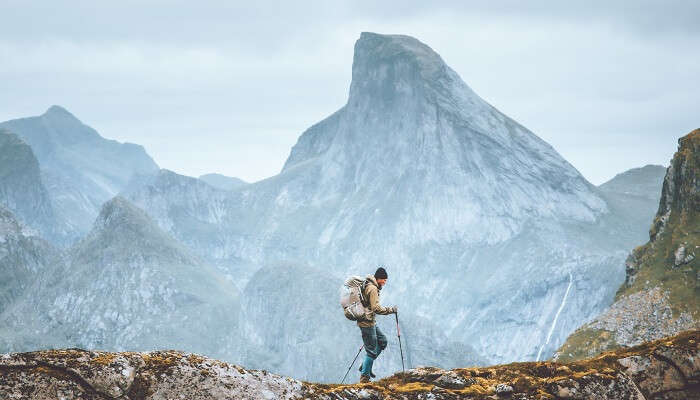
When beach camping, consider the tide schedule and set up your tent above the high tide line to avoid any unexpected water intrusion. Look for a spot that is protected from strong winds and has enough sand to anchor your tent securely.
Dealing With Wildlife Encounters
When backpacking solo, encounters with wildlife can be both thrilling and potentially dangerous. It is important to be prepared with effective animal repellent techniques and to know how to safely observe wildlife from a distance.
Animal Repellent Techniques
Effective wildlife repellent techniques are crucial for solo backpackers to ensure their safety during encounters with animals. Here are three essential techniques to keep in mind:
Make noise: Animals are naturally cautious and tend to avoid humans. By making loud noises such as clapping, singing, or using a bear bell, you can alert animals to your presence and give them a chance to retreat. This technique is particularly effective when hiking in areas known for bear or cougar sightings.
Proper food storage: Animals are often attracted to the smell of food, so it's important to store your food properly to prevent wildlife encounters. Use bear-resistant food containers or hang your food from a tree branch at least 10 feet off the ground and 4 feet away from the trunk.
Carry bear spray: Bear spray is a powerful deterrent that can effectively deter aggressive animals. Ensure you have it easily accessible, preferably attached to your backpack strap or belt. Familiarize yourself with its usage and practice deploying it. Remember, prevention is key, but being prepared is essential when it comes to wildlife encounters.
Safe Wildlife Observation
One key aspect of safe wildlife observation while solo backpacking is understanding how to appropriately handle wildlife encounters. As an adventurer in the wilderness, it is crucial to respect the natural habitat of wildlife and ensure your own safety.
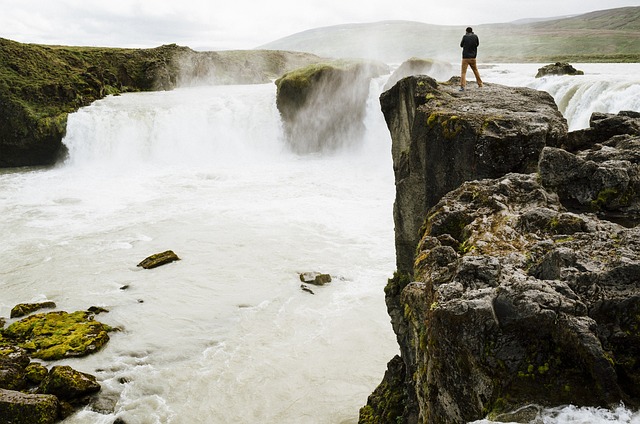
When encountering wildlife, it is important to keep a safe distance and never approach or feed them. To observe wildlife up close without disturbing them, consider using camera equipment, such as telephoto lenses, to capture their beauty from a safe distance. Binoculars can also be handy for observing wildlife from afar.
Remember to remain calm and avoid sudden movements, as this can startle the animals. By following these guidelines, you can enjoy the beauty of wildlife while ensuring your safety and the preservation of their natural habitat.
Permits and Regulations
Before embarking on a solo backpacking adventure, it is crucial to familiarize oneself with the permits and regulations associated with the chosen destination. Understanding the permit requirements and camping regulations not only ensures a hassle-free experience but also helps to preserve the natural environment and protect the wildlife.
Here are three important aspects to consider:
Permit requirements: Research and find out if a permit is required for backpacking in the area. Some popular destinations may have limited permits available, so it is advisable to apply well in advance. This not only guarantees your spot but also helps maintain the balance between visitor numbers and conservation efforts.
Camping regulations: Familiarize yourself with the camping regulations of the area. This includes knowing designated campsites, fire regulations, waste disposal methods, and any specific rules regarding food storage to prevent animal encounters. Following these regulations ensures a safe and sustainable experience for both you and the environment.
Environmental impact: Educate yourself about Leave No Trace practices, which focus on minimizing human impact on the environment. This includes principles such as packing out all trash, avoiding damage to vegetation, and respecting wildlife habitats. By adhering to these principles, you can enjoy the freedom of solo backpacking while minimizing your ecological footprint.
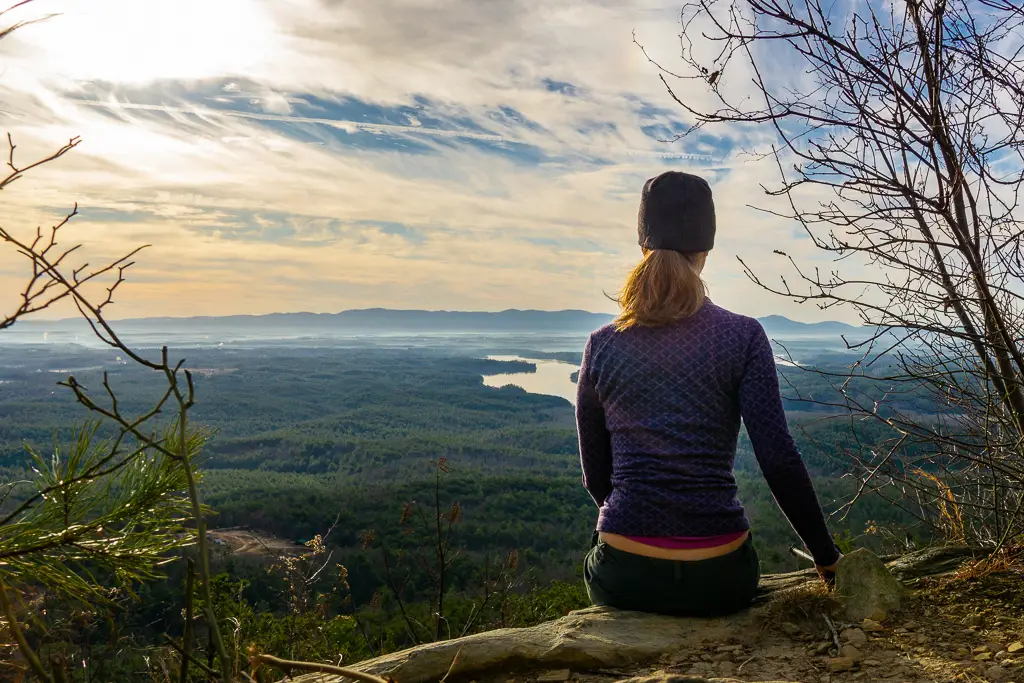
Training and Conditioning Advice
To ensure a successful and enjoyable solo backpacking adventure, it is essential to prioritize training and conditioning for the physical demands of the journey.
Training techniques and physical fitness play a crucial role in preparing your body for the challenges that lie ahead.
First and foremost, it is important to focus on cardiovascular endurance, as backpacking involves long hours of walking with a heavy pack. Incorporate activities such as hiking, running, or cycling into your training routine to build stamina and improve cardiovascular fitness.
Additionally, strength training exercises targeting the muscles used during backpacking, such as the legs, core, and upper body, can help prevent injury and improve overall performance. Don't forget to include flexibility exercises to maintain a good range of motion.
First Aid Essentials
The first aid essentials are crucial for ensuring the safety and well-being of solo backpackers during their adventures. When it comes to treating injuries and emergency preparedness, here are three items every solo backpacker should have in their first aid kit:
Adhesive bandages: These are essential for covering small cuts and blisters. Make sure to have a variety of sizes to cater to different wounds.
Antiseptic wipes: Keeping wounds clean is vital to prevent infection. Antiseptic wipes are convenient and effective for cleaning wounds in the outdoors.
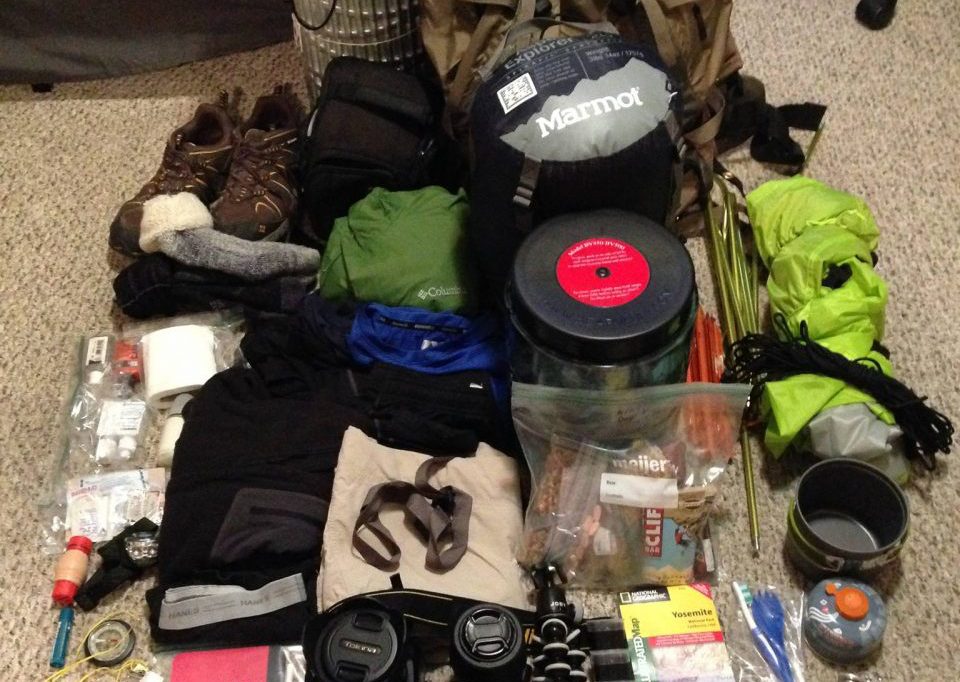
Sterile gauze pads and medical tape: In case of larger wounds, sterile gauze pads and medical tape are necessary to provide proper wound care and prevent further damage.
Including these items in your first aid kit will ensure that you are prepared to handle common injuries while backpacking solo. Remember to regularly check and restock your kit to maintain its effectiveness.
Stay safe and enjoy your journey!
Frequently Asked Questions
How Do I Stay Motivated and Mentally Strong During Solo Backpacking Trips?
Maintaining motivation and overcoming mental challenges during solo backpacking trips require a strong mindset and determination. Focus on the adventure, set realistic goals, practice self-care, connect with nature, and seek support when needed.
What Is the Best Way to Pack My Backpack Efficiently and Maximize Space?
When it comes to efficiently packing your backpack and maximizing space, utilizing smart packing techniques and space-saving hacks is crucial. These strategies ensure that you can carry all your essentials while enjoying the freedom of solo backpacking.
Are There Any Specific Etiquette Rules I Should Follow When Camping in Remote Areas?
When camping in remote areas, it is important to adhere to campfire etiquette and respect wildlife. This includes properly extinguishing fires, using designated fire rings, and avoiding feeding or approaching wild animals.
How Do I Handle Unexpected Weather Conditions While Backpacking Alone?
When backpacking alone, unexpected weather conditions can pose a challenge. It is important to be prepared by carrying emergency shelters and knowing how to navigate in extreme conditions to ensure safety and well-being.
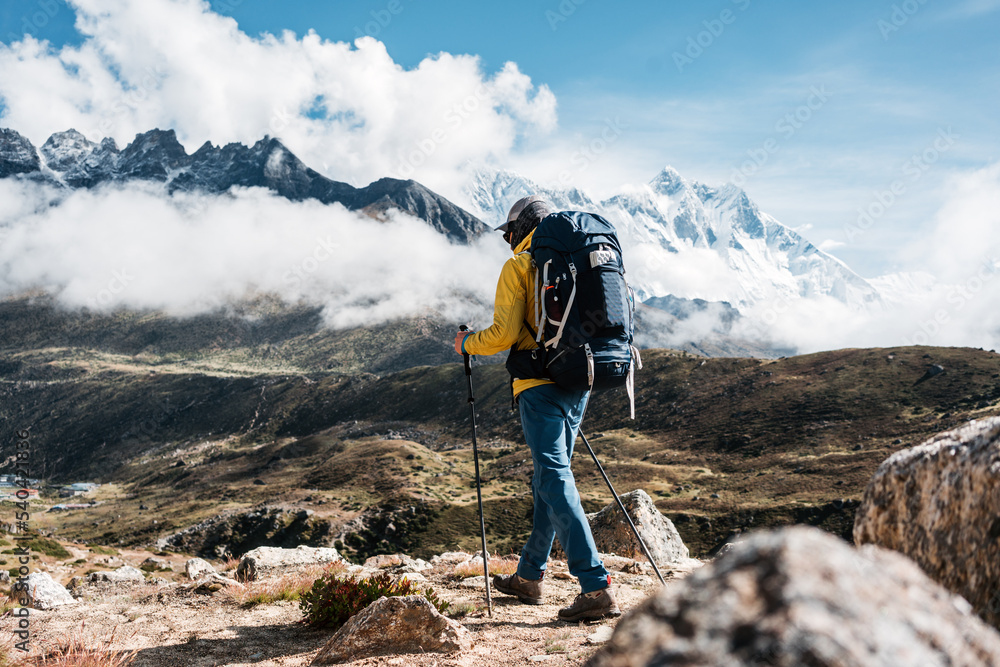
Is It Safe to Drink Water From Natural Sources Like Streams and Rivers While Backpacking?
When backpacking solo, it is important to consider the safety of drinking water from natural sources like streams and rivers. Potential risks include waterborne illnesses and contaminants. Using proper water purification methods is crucial to ensure safe consumption.
 Liveaboard LifestyleTravel DestinationsExPat Places to LiveRV LifeDigital Nomad TravelPrivacy PolicyTerms And Conditions
Liveaboard LifestyleTravel DestinationsExPat Places to LiveRV LifeDigital Nomad TravelPrivacy PolicyTerms And Conditions
